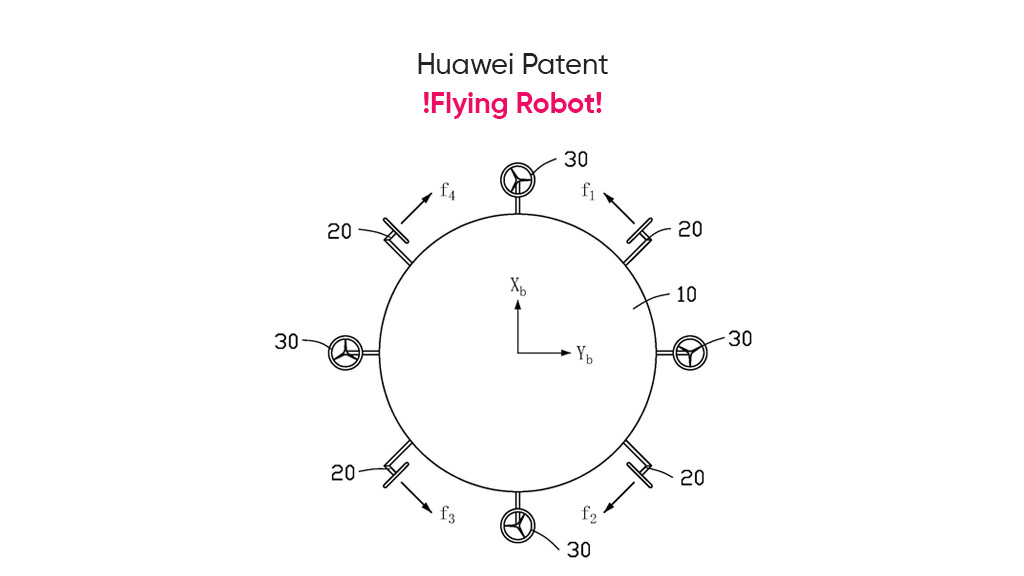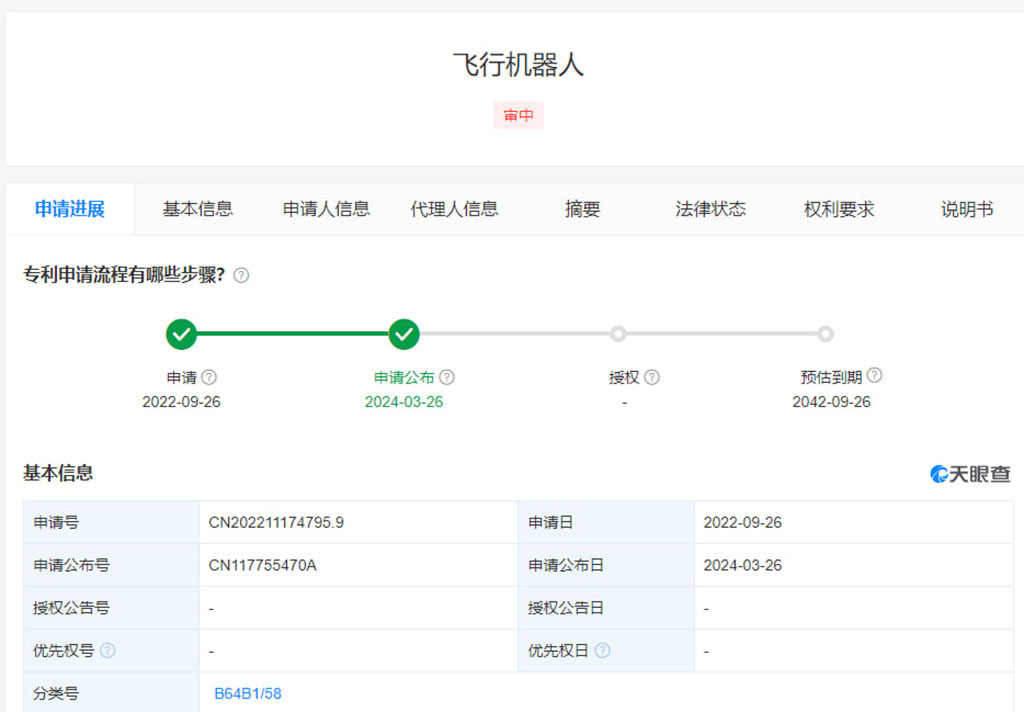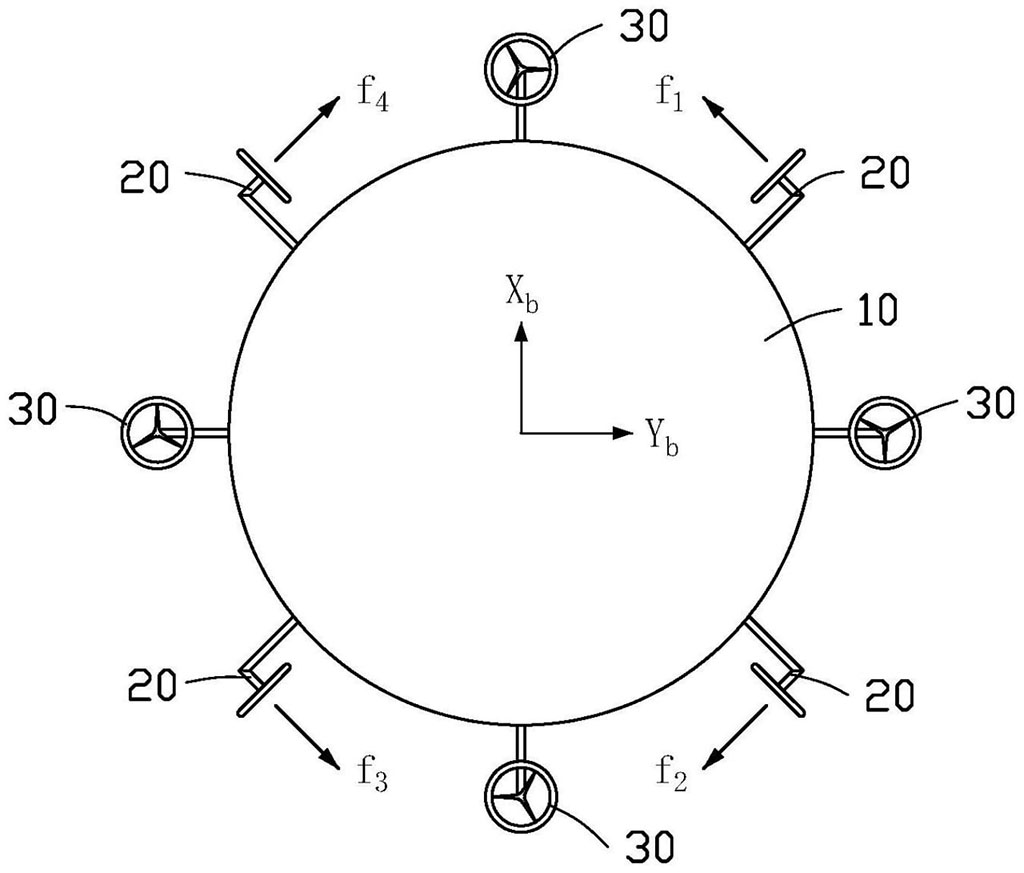Patent
Huawei issues a new sci-fi patent named ‘Flying Robot’

Huawei has recently filed an innovative patent entitled ‘Flying Robot’. The new patent application involves the usage of airbags, which hints that the Chinese tech maker is working on some autonomous aircraft-related solutions or drone products.
Huawei applied for the respective patent two years back on September 26, 2022, and got approval from the China Intellectual Property Office on March 26, 2024.
Further details showcase that the new Huawei Patent ‘Flying Robot’ has the publication number CN117755470A. Here, Huawei is serving as the main applicant while including inventors like Tao Qiuyang, Wang Bo, Zhao Yao, and Du Peng.

Huawei issues new Flying Robot patent (Image Credits: MyDrivers)
How does the patent work?
The Flying Robot mechanism requires an airbag surrounded by four strong-level thrusters and propellers. Here, a thruster is a device that integrates into the spacecraft (rocket, spaceship) for attitude control, low-duration, and low-thrust elevation.
The company initially fills the airbag with helium gas and sets it corresponding to 3D coordinates – X-axis, Y-axis, and Z-axis. Here the Z-axis refers to the height of the airbag.
Once settled with the coordinates, the first propeller will link to the airbag. These objects (airbag, propeller, and four thrusters) will connect over a plane surface characterized by the X and Y axes, to maintain the symmetrical scenario.
Two adjacent propellers will also be arranged equally to the X-axis and Y-axis. Note that the two thrusts produced by these two propellers are not parallel or perpendicular on either of the axes.
When a specific arrangement is ready around the airbag, it will let the respective mechanism move in all directions horizontally like left, right, back, and forth, rotating around the Z-axis.
It is worth mentioning that the new flying robot filled with helium gas is capable of achieving a trouble-free flight and one can use it indoors. It won’t cause any damage due to inexplosive materials, even when ruptured by a needle or other object.
The information also points out that has improved battery life and noise-controlling facilities, compared to other drones. The machine is cost-effective and eco-friendly.

Huawei issues new Flying Robot patent (Image Credits: MyDrivers)
(Source – MyDrivers)






